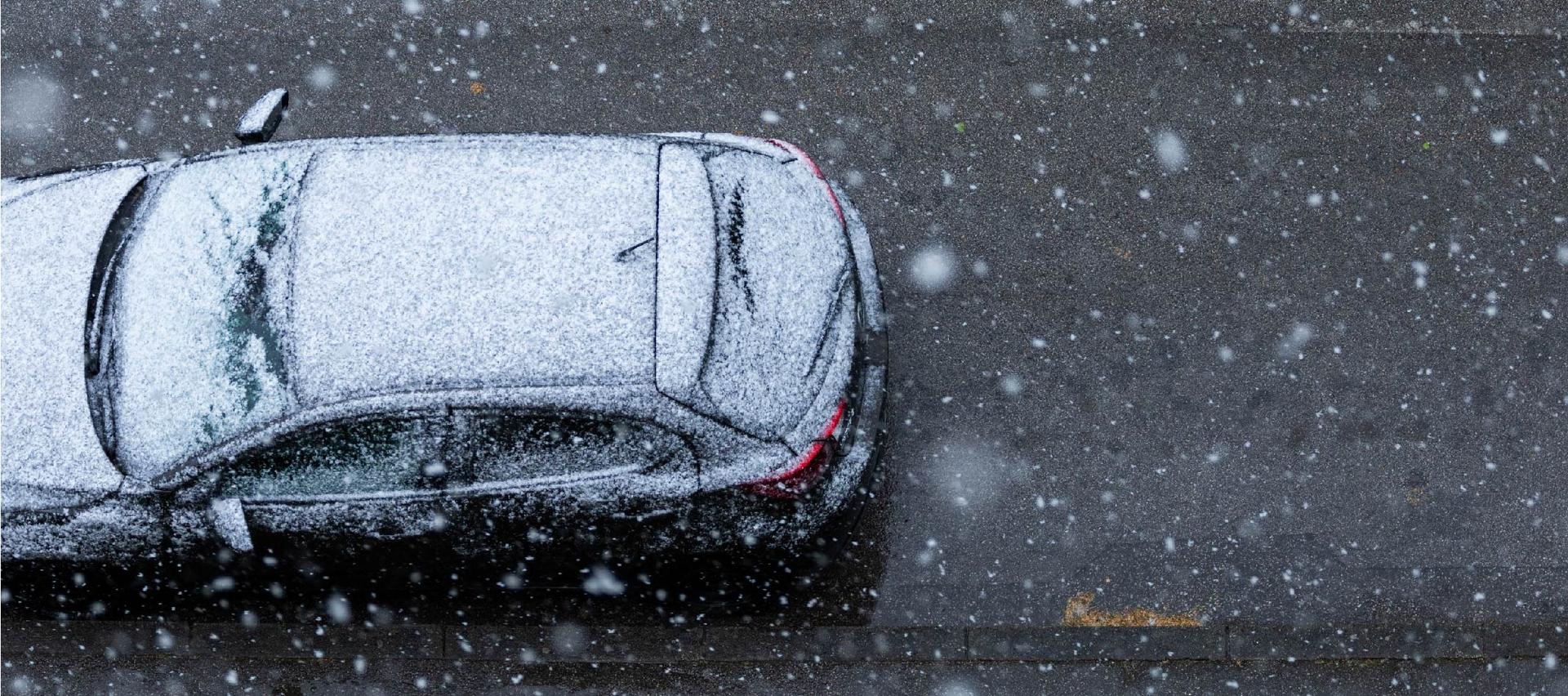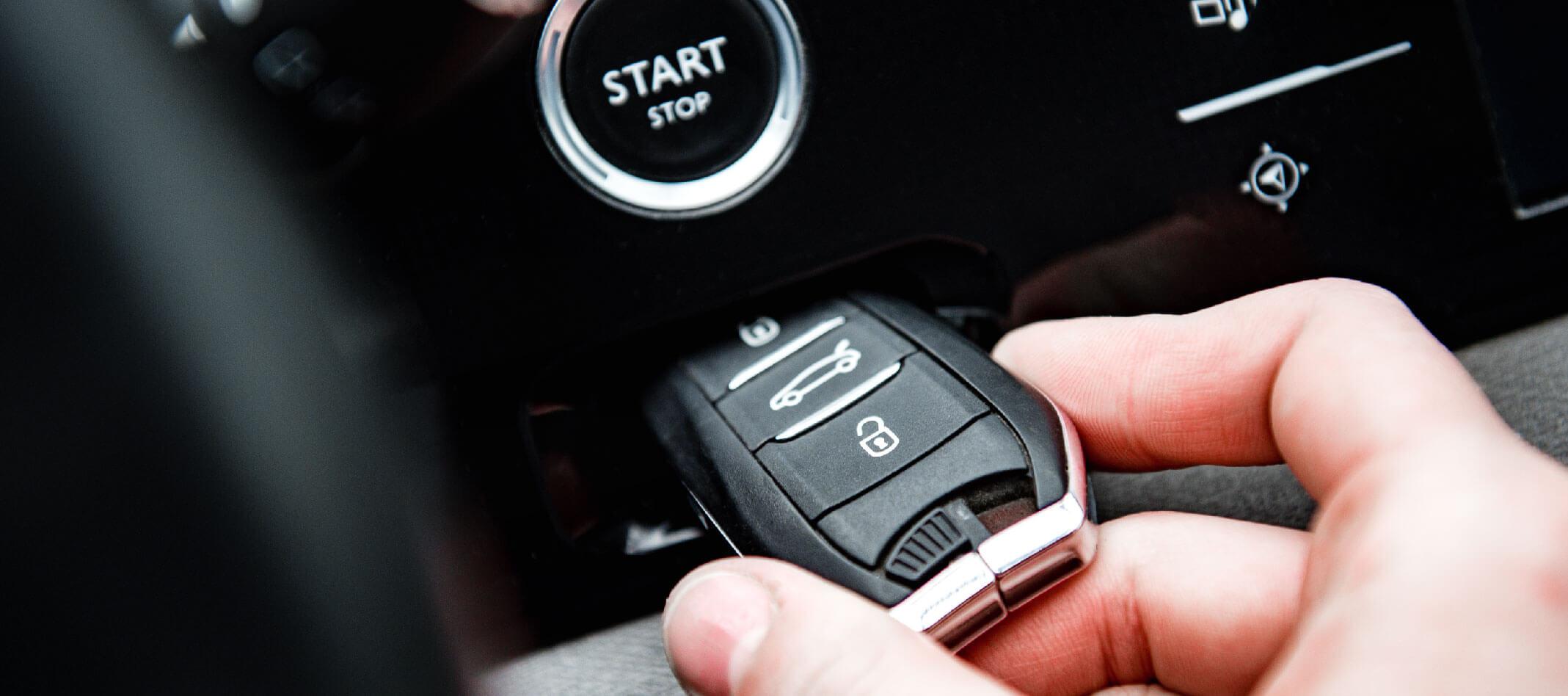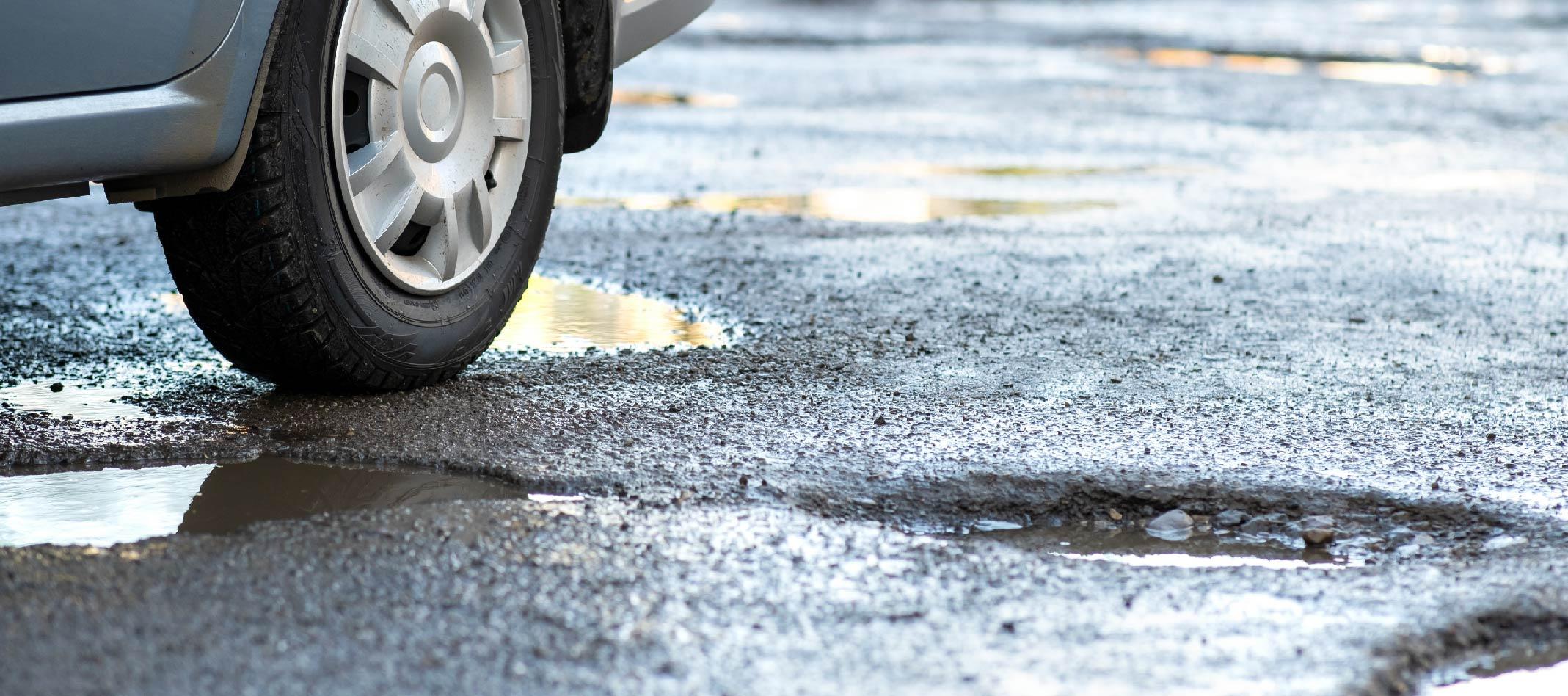Top tips for driving in winter
What's the best way to de-ice a car? How much distance should you keep from the vehicle in front of you when it's icy on the roads? What do you do if you're driving in snow and your car loses traction? Check out this blog to get the answer to all your winter driving-related questions!

Driving in a winter wonderland
As temperatures drop and daylight hours shorten, driving becomes more of a challenge over the winter months, so it's important that you do all you can to prepare your vehicle for any journeys you have planned and for you to understand how to adapt your driving style depending on the weather.
First things first
There's nothing more frustrating when you’re in a rush to get to work and notice your car windows are covered in ice - we know it’s tempting to just boil the kettle and pour the water on the windows for a quick fix, but there’s a high chance the glass will crack, especially if there's a chip in your windscreen. What about turning on the windscreen wipers to scratch at the ice for a quick frost-free result? Unless you want to cause excessive wear to the blades or risk snapping the wipers altogether, it’s best to avoid doing this too!
So, what's the solution? A can of de-icer and an ice scraper! The two items will set you back no more than a few pounds, and although it involves a bit of manual labour, your windows will be free from ice within minutes, allowing you to start your journey.
Did you know… you can buy an ice scraper that has a built-in mitten to protect your hands from the cold for as little as £6.99 on Amazon? 🧤
The same goes for when your car is covered in snow – do not drive it until you've removed all the snow, including any that's settled on your vehicle's roof, with a soft brush.
Keep your distance
No matter the time of year, you should always be aware of your speed and maintain a good amount of distance from the vehicle in front of you. But, it's even more crucial that you do this in winter, when temperatures are at their lowest, as coming to a full stop on icy roads can take up to ten times longer than if you was braking on a dry road.
The bigger the gap between your vehicle and the one driving in front, the longer you have to react if they suddenly break. So, you should always leave at least a two second gap, double in wet weather!
Driving in the snow (and on icy roads)
When there's snow or ice on the roads, you should make gentle and controlled manoeuvres and avoid any sudden movements that could cause your vehicle to slip. You should also:
- accelerate gently – use low revs and change up to a higher gear as quickly as possible;
- move off in second gear or put your car in 'winter mode' (if it has one) to help to reduce wheel slip;
- break before making a turn to avoid your wheels spinning.
Top tip
If your car does lose traction when driving in snow or on ice, don't panic! Calmly take your foot off the accelerator and turn your steering wheel so that your wheels are facing in the direction you want to go.
Driving when it's windy
When Storm Ciarán hit parts of the UK in late October, we were faced with 100mph (161km/h) gusts that caused chaos on the roads, and it's likely that we'll see more weather warnings over the coming winter months. Strong gales blow debris onto roads and can even cause vehicles to shake, so you should always make sure you keep a firm grip on your steering wheel and keep an eye out for anything that may obstruct the road or cause damage to your vehicle.
Check out this blog to find out how to look after a used car, helping you to avoid a costly repair bill from your local garage! 👈
Information includes references to:
The AA - Find out how to de-ice your car quickly on a cold morning
RAC - Advice for safe driving on ice
SmartDriving - Driving tips - The two-second rule
BBC - Storm Ciarán: Flooding and damage hits homes across UK
You may also like...
Advice | Apr 2024
Do I need an MOT? The importance of servicing a car
Press releases | Apr 2024
Finance expert reveals tips on budgeting for your dream car
Press releases | Apr 2024
Expert reveals how to spot and avoid car finance fraud
Advice | Mar 2024




